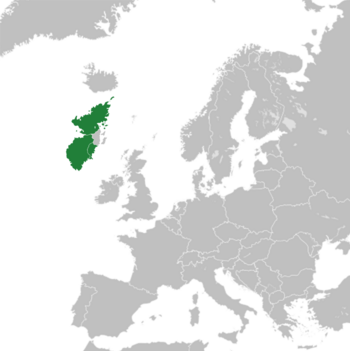Nelbec countries: Difference between revisions
Jump to navigation
Jump to search
mNo edit summary |
No edit summary |
||
| Line 175: | Line 175: | ||
}} | }} | ||
The '''Nelbec countries''' or the '''Nelbecs''' are a geographical and cultural region in the [[Nelborne]] where [[Nelbec languages]] are spoken and where [[Nelbec people]] inhabit. | The '''Nelbec countries''' or the '''Nelbecs''' are a geographical and cultural region in the [[Nelborne]] where [[Nelbec languages]] are spoken and where [[Nelbec people]] inhabit. The Nelbecs consist of three countries: [[Alquiya]], [[Lormotia]], and [[Seketan]]. Most of the island of [[Nelbecia]] is considered to be Nelbec with the notable exception of [[New Svealand]], which is considered {{wp|Nordic countries|Nordic}}. | ||
==Etymology== | ==Etymology== | ||
Latest revision as of 00:48, 10 June 2023
This article is incomplete because it is pending further input from participants, or it is a work-in-progress by one author. Please comment on this article's talk page to share your input, comments and questions. Note: To contribute to this article, you may need to seek help from the author(s) of this page. |
Nelbec countries | |
|---|---|
 Location of the Nelbec countries | |
| Languages | |
| Composition | 3 countries |
| Currency | |
The Nelbec countries or the Nelbecs are a geographical and cultural region in the Nelborne where Nelbec languages are spoken and where Nelbec people inhabit. The Nelbecs consist of three countries: Alquiya, Lormotia, and Seketan. Most of the island of Nelbecia is considered to be Nelbec with the notable exception of New Svealand, which is considered Nordic.